
Shravan Month: Why It’s the Most Sacred Time to Worship Lord Shiva
The sound of “Om Namah Shivaya” fills the air, the temples are adorned with bael leaves and white flowers, and a sense of divine devotion rises with the rhythm of monsoon showers. This is Shravan, or Sawan—a sacred month in the Hindu calendar dedicated exclusively to Lord Shiva, the cosmic destroyer and supreme yogi.
For crores of devotees across India and beyond, Shravan is not just a month—it is a spiritual pilgrimage in itself, a time of inner transformation, purification, and surrender to the Mahadev. But what makes Shravan so deeply revered? Let’s explore the myths, spiritual significance, rituals, and scriptural references that elevate this month above all others for Lord Shiva’s devotees.
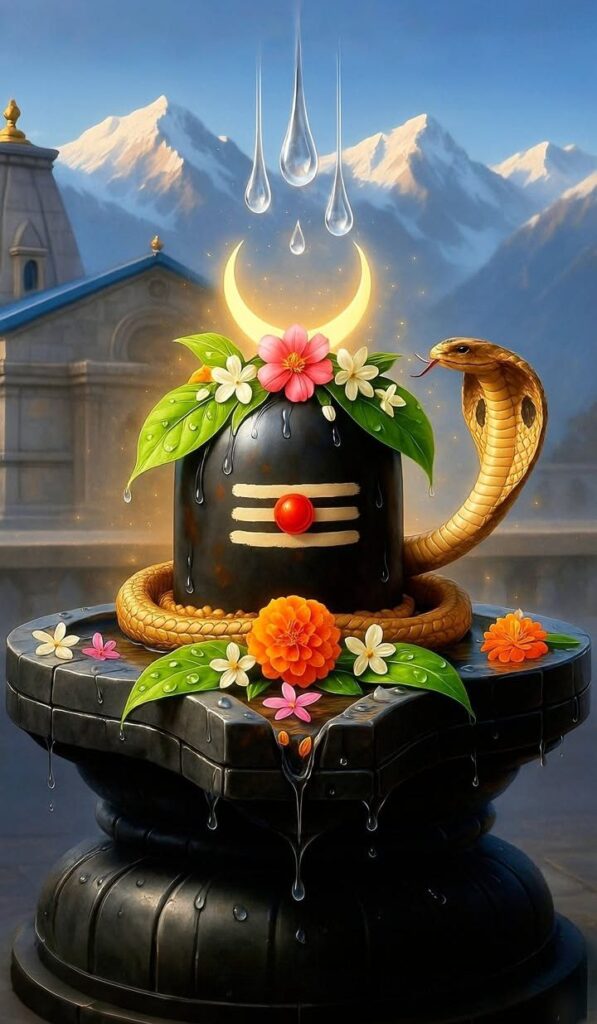
The Samudra Manthan and the Birth of Shravan’s Significance
According to the Shiva Purana and the Skanda Purana, the legend that anchors the sanctity of Shravan is the Samudra Manthan, or churning of the ocean. When the Devas (gods) and Asuras (demons) joined hands to churn the ocean of milk in search of Amrit (the nectar of immortality), 14 celestial treasures emerged. Among them was the lethal poison Halahala, which had the power to destroy the universe.
To save the cosmos, Lord Shiva consumed the poison and held it in his throat, which turned blue due to the intensity. This act earned Him the name Neelkantha (the Blue-Throated One). It is said that this event occurred during the Shravan month, and to reduce the effects of the poison, the Devas offered water from the holy Ganga, along with bael leaves, milk, and other sacred offerings.
Since then, devotees continue this ritualistic worship throughout the month of Shravan to honor Lord Shiva’s sacrifice and seek his blessings for protection and liberation.
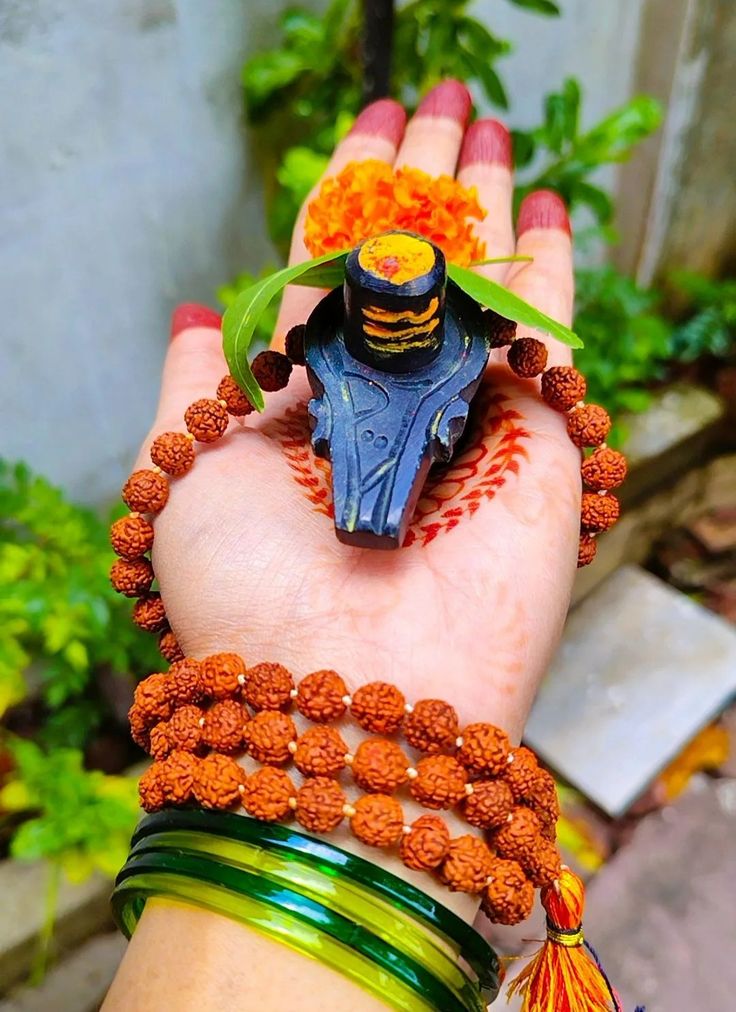
Lord Shiva, as the ultimate yogi, inspires devotees to cultivate self-discipline, silence, and detachment from material desires. The practice of fasting, brahmacharya (celibacy), and early morning prayers during this time amplifies one’s inner strength and spiritual power.
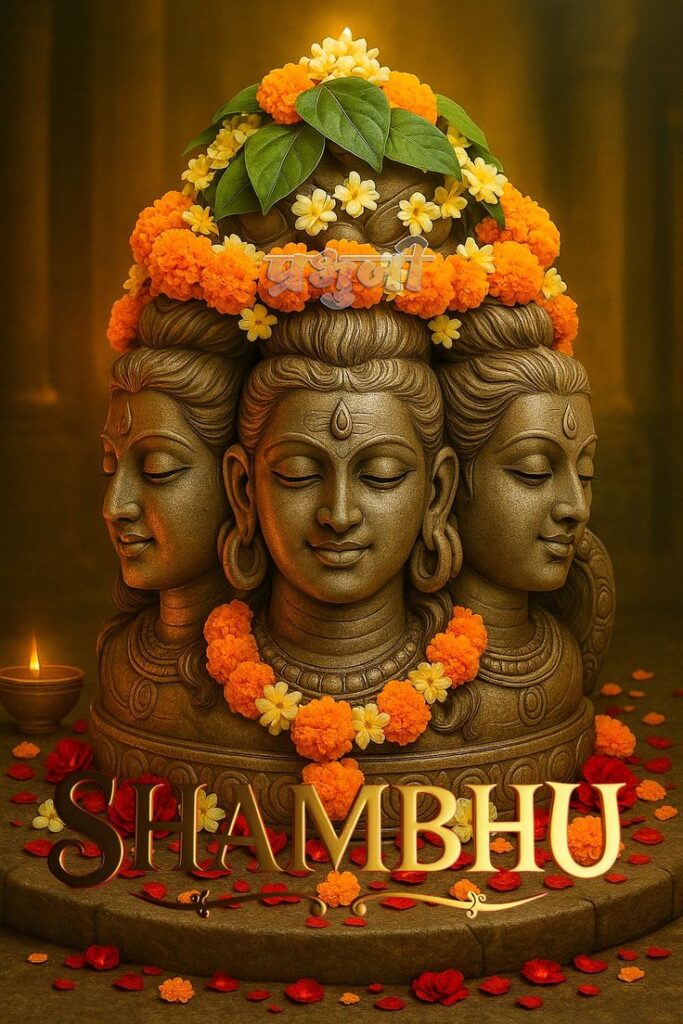
Many women also observe this fast for the well-being of their husbands or to be blessed with an ideal life partner—just like Goddess Parvati who pleased Lord Shiva through tapasya during Shravan.
2. Kanwar Yatra: A Journey of Devotion
Across North India, especially in Uttar Pradesh, Bihar, Jharkhand, and Uttarakhand, you will see thousands of devotees, called Kanwariyas, walking barefoot for days with saffron clothes and decorated bamboo sticks carrying pots of Ganga jal from Haridwar, Gaumukh, or Sultanganj. These waters are offered to the Shivling on Shravan Mondays in their local temples.
This selfless yatra is symbolic of surrender, endurance, and bhakti—the core tenets of Shiva worship.
3. Daily Abhishek of Shiva Linga
The month of Shravan is ideal for performing Rudrabhishek, a powerful Vedic ritual in which the Shiva Linga is bathed while chanting the Sri Rudram from the Yajurveda.
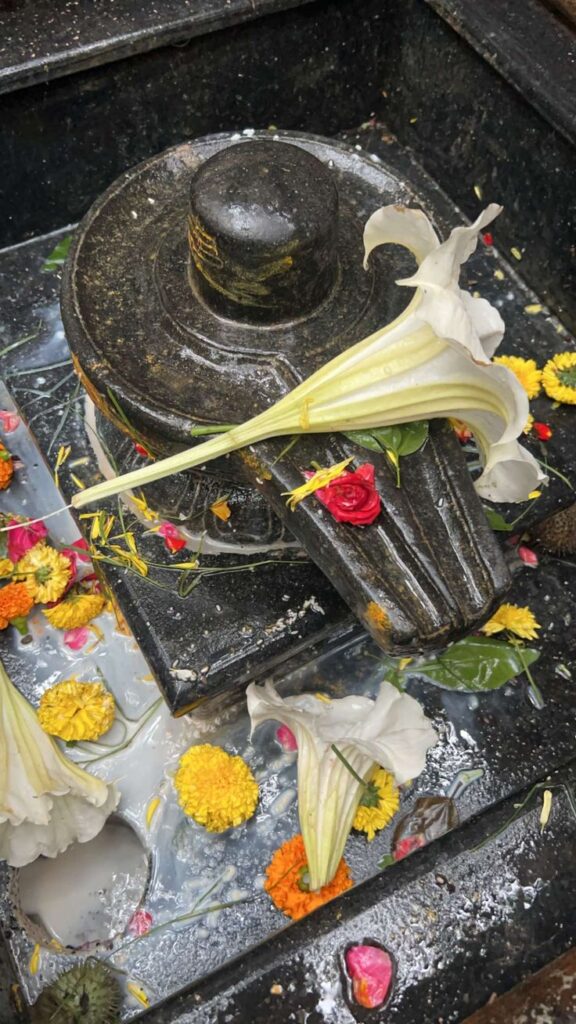
Each offering has deep spiritual symbolism, aligning the devotee with the cosmic energy of Lord Shiva.
4. Mangla Gauri Vrat by Married Women
Though Shravan Month is largely devoted to Lord Shiva, Tuesdays (Mangalvar) in Shravan are also considered sacred for Goddess Gauri (Parvati). Married women observe this fast for the longevity and prosperity of their husbands and households.
The vrat includes puja, story narration, and offering of seasonal fruits, flowers, and halwa puri.

Interestingly, Shravan Month also marks the height of the monsoon season, and ancient traditions reflect harmony with nature:
Fasting helps reduce digestive strain during damp weather.
Avoiding onions, garlic, and non-veg prevents exposure to seasonal infections.
Meditation and silence align with the introspective mood of the cloudy skies and cooler environment.

Here are a few quotes and references from scriptures that affirm the sacredness of Shravan Month:
Shiva Purana, Rudra Samhita:
“Shravan month is dearest to Me. The one who observes fasts, offers water, and chants My name this month, attains Moksha.”
Skanda Purana:
“Among all months, Shravan is My body. Whosoever worships Me with bael leaves in Shravan, is freed from all sins.”
Padma Purana:
“Just as sun is supreme among lights, Shravan is supreme among months for earning spiritual merit.”

In today’s fast-paced world, Shravan offers a much-needed pause button. Whether one believes in mythology or not, the practices of:
This selfless yatra is symbolic of surrender, endurance, and bhakti—the core tenets of Shiva worship.
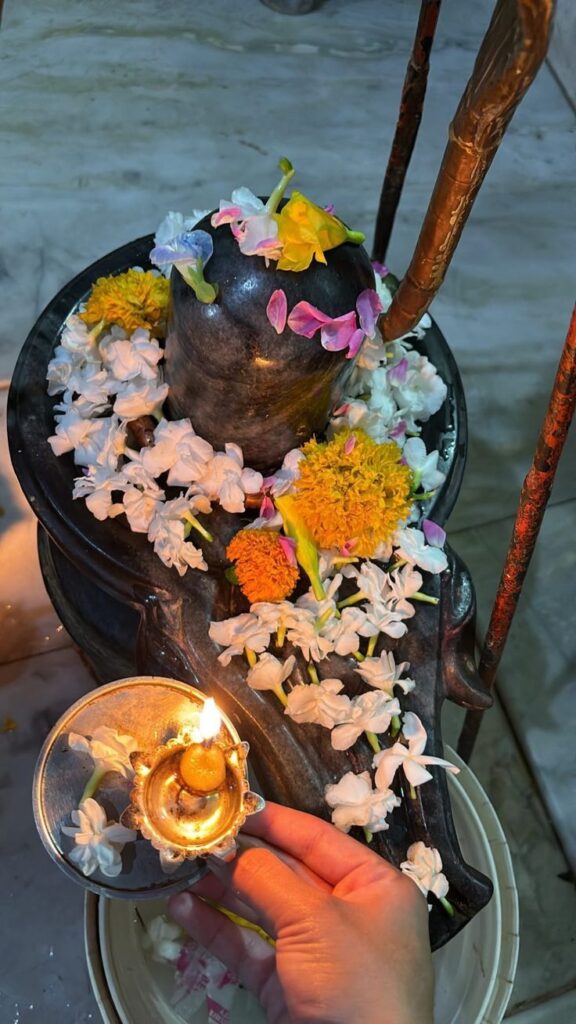
The month of Shravan is ideal for performing Rudrabhishek, a powerful Vedic ritual in which the Shiva Linga is bathed while chanting the Sri Rudram from the Yajurveda.
Common items used in Abhishek:
Each offering has deep spiritual symbolism, aligning the devotee with the cosmic energy of Lord Shiva.
5. Mangla Gauri Vrat by Married Women
Though Shravan is largely devoted to Lord Shiva, Tuesdays (Mangalvar) in Shravan are also considered sacred for Goddess Gauri (Parvati). Married women observe this fast for the longevity and prosperity of their husbands and households.
The vrat includes puja, story narration, and offering of seasonal fruits, flowers, and halwa puri.
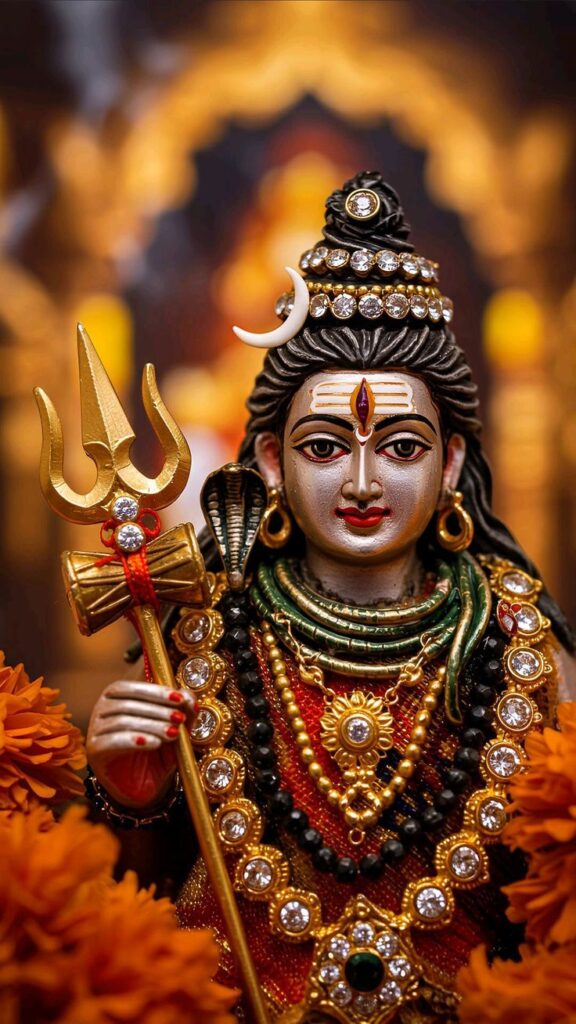
Shravan is more than a religious observance—it is a celebration of faith, discipline, love, and sacrifice. It is a time when the boundaries between the physical and spiritual realms blur, and the cosmic dance of Shiva becomes a rhythm within us.
As the rains fall and rivers swell, so too can our hearts overflow with bhakti. Let this Shravan be a month of inner awakening, where we don’t just worship Shiva but begin to walk His path—of stillness, strength, simplicity, and supreme consciousness.
Har Har Mahadev!
If you liked this article or want to share some information with us then do write us in the comment section below.
Comment below your views. We would love to hear from you. Don’t forget to subscribe to us on our Social Channels to never miss out on any updates from us.
Author – Amit Pradhan
Find the information relevant? Visit our website to know more about such facts.
For an enquiry, write to us at [email protected]
👉 If you liked this article or, then do write us in the comment section below.
For Astrology, Numerology, and Reiki Services contact us today!
We also deal in original quality and Certified Rudraksha, Crystals and Gems.
👉 Shop Now Original Rudraksha & Crystals
For more daily updates do like and Follow Us and keep visiting www.jaymahakaal.com
Copyright © 2025 Jay Mahakaal Centre of Occult Science Pvt Ltd All Rights Reserved